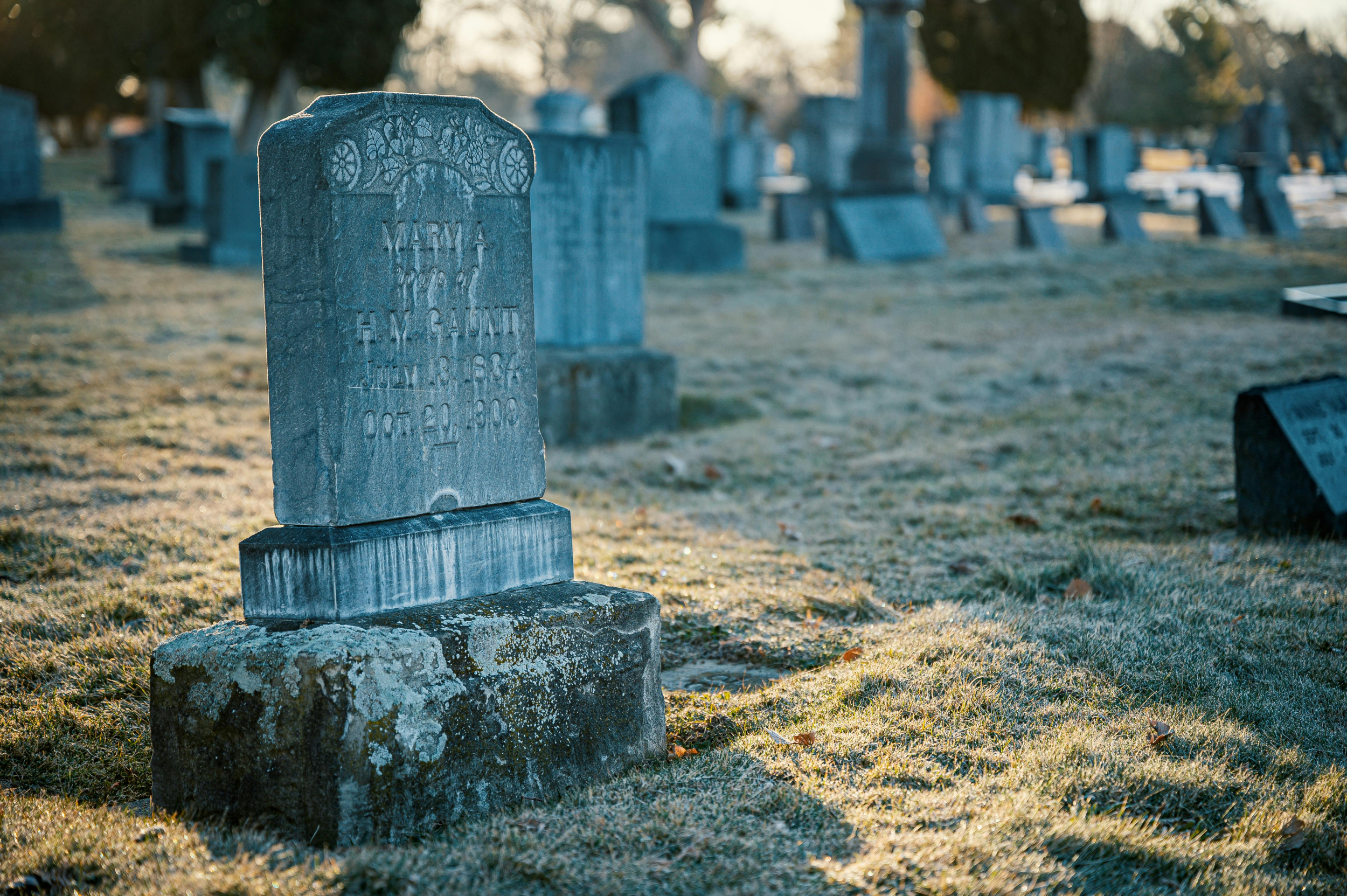Since the end of last year, hardly a week has passed without parts of Johannesburg, South Africa’s most populous city and industrial centre, being without water. Johannesburg’s taps drying up have residents very concerned.
Is the climate crisis to blame for water shortages?
The climate crisis has certainly played a role in Johannesburg’s taps drying up. South Africa has always been a relatively water-scarce country, and more extreme climatic events, such as prolonged droughts, have worsened that scarcity, according to ThinkLandscape, a media platform with news about climate and landscape solutions from around the world.
Additionally, El Niño has led to much lower than average rainfall across Southern Africa. Temperatures above average in many areas is another aspect. At the same time, water consumption is increasing due to this increase in temperatures.
Are the rich to blame?
A research paper published on ResearchGate states that ‘over the past two decades, more than 80 metropolitan cities across the world have faced severe water shortages due to droughts and unsustainable water use’.
The paper states that water crises in urban areas have the biggest impact on socially and economically disadvantaged communities. Due to stark socioeconomic inequalities, urban elites are able to overconsume water while excluding less privileged populations from basic access.
“While Johannesburg’s elites enjoy water-hungry swimming pools, large dwellings and lush gardens, the city’s poorest residents in informal settlements don’t even have taps or toilets in their homes.”
Monica Evans, ThinkLandscape
Joburg residents are overusing water sources
Earlier this year a large area of Johannesburg was without water for 11 days after lightning struck a pump station. Once that issue was resolved, supplier Rand Water warned Johannesburg and two neighbouring municipalities, Tshwane and Ekurhuleni, that the water system was on the verge of collapse. At that time, Johannesburg Water said the system remained under “severe strain”, according to Daily Maverick.
According to Rand Water data released in March, Johannesburg was using 61% more water than permitted by the government, while Ekurhuleni and Tshwane were using 80% and 63% more respectively. Meanwhile, the population of each of these areas is growing, adding even more demand.
“It has always been an issue of overconsumption.”
Kabelo Gwamanda, Johannesburg’s mayor
In a media statement, Rand Water stated that it was experiencing an upward trend in water consumption in most areas of the Gauteng Metros. Gauteng Metros consume more than 75% of the water produced by Rand Water.
Rand Water provides the bulk of potable water to 18 municipalities including Gauteng Metros through a number of interlinked strategic reservoirs. Therefore, high consumption in one area places a strain on the entire system.
What is your opinion on where the issue lies?
Let us know by clicking on the comment tab below this article. You can also email [email protected] or send a WhatsApp to 060 011 021 1. Follow @TheSAnews on X and The South African on Facebook for the latest news.






